Across downtown Toronto and beyond, there are remnants of history all throughout. Whether it’s a warehouse converted into lofts, or an old building torn down and replaced, the old makes way for the new one way or another.
Some historic buildings see the wrecking ball, and others are preserved in a new design. Here are a few notable sites with historic value that are expected to be envisioned as future condos. All of these projects are currently preconstruction and in the building approval process.
1. 250 University Avenue Condos
Fronting Toronto’s bustling University Avenue, this eight-storey building was originally constructed in 1958 for The Bank of Canada to store gold and cash reserves. The BoC’s offices have since moved across the street to Sun Life Financial Tower. Northam Realty Advisors and IBI Group are proposing to use the half-century-old building as a podium for a highrise, which will feature 495 units across 54 stories.
2. Designers Walk Condos
BBB Architects has a unique vision for the Designer’s Walk community along Davenport Road. The well-known strip of brick-clad showrooms in the Annex and Yorkville neighbourhoods has been attracting design professionals since its inception in the 1980s. Now, a build proposal reimagines the area as a 92-unit mixed-use highrise with trees budding from the balconies and an expanded commercial centre.
3. Bloor & Dufferin Condos
Established in 1925, Bloor Collegiate Institute has seen many students come through its doors at Bloor and Dufferin Street. In 2016, the land that the high school shares with Kent Public School was sold to developers Capital Developments and Metropia, who plan to convert the area into a master-planned community with public spaces and over 2,000 residential units.
4. 335 Yonge Street Condos
Located just off the Ryerson University campus, this little rectangle of land has a historical past. Until 1855, a bakery and grocery store operated on the site in a two-storey building, owned by Williams Reynolds. It was later converted into a hotel, known as the Edison Hotel, which would stay open through various owners and rebrands until the 1970s.
In 1974, 335 Yonge Street was added to the City of Toronto’s heritage property list, prior to being used for a number of commercial purposes, from a Salad King location to various retail spaces. A portion of the 19th-century commercial building collapsed in 2010, before it was KO’d by fire and eventual demolition in 2011. Now the area serves as a food market for feeding hungry students and bypassers. The Lalani Group has proposed to revise the lot into a 165-unit condo tower.
5. 2500 Yonge Street Condos
When Capitol Theatre first opened its doors in 1918 at Yonge Street and Castlefield Avenue, it was the go-to local spot for vaudeville shows and silent films. In 1933, the 1,300-patron theatre was renovated to exclusively cater films, before further renovations and the addition of a concession stand were made throughout the decades. After closing down in 1998, a $2 million renovation revitalized the theatre into a special event venue, renamed the Capitol Event Theatre, and retaining most of its 1910s charm.
After the block sold in 2015, a proposal was put forward to re-establish the site as a 14-storey condo development. Judging by the renderings, the old facade of the theatre is kept intact.
6. Mode Condos
Lining the east side of Church Street between Shuter and Dundas Street, are four Georgian-style row houses. According to Toronto Architecture: A City Guide, published by journalist Patricia McHugh and architecture critic Alex Bozikovic, the row houses were built in 1852 before being reconstructed after a fire a few years later. Number 195 in the row was demolished and rebuilt in the early 1980s. The site is currently on the city’s heritage register.
CentreCourt has plans to top the rowhouses with a more modern concept — a 37-story condo development with 464 units.
7. 2440 Yonge Street Condos
At the intersection of Roselawn Avenue and Yonge Street, just north of Yonge and Eglinton, there once stood a 110-year-old Bank of Montreal building. In January 2017, the two-storey brick building, constructed in 1907, was suddenly torn down.
On the site, developer Main + Main hopes to build a mixed-use development with 2.1 acres of commercial and residential space, including 687 condo units.

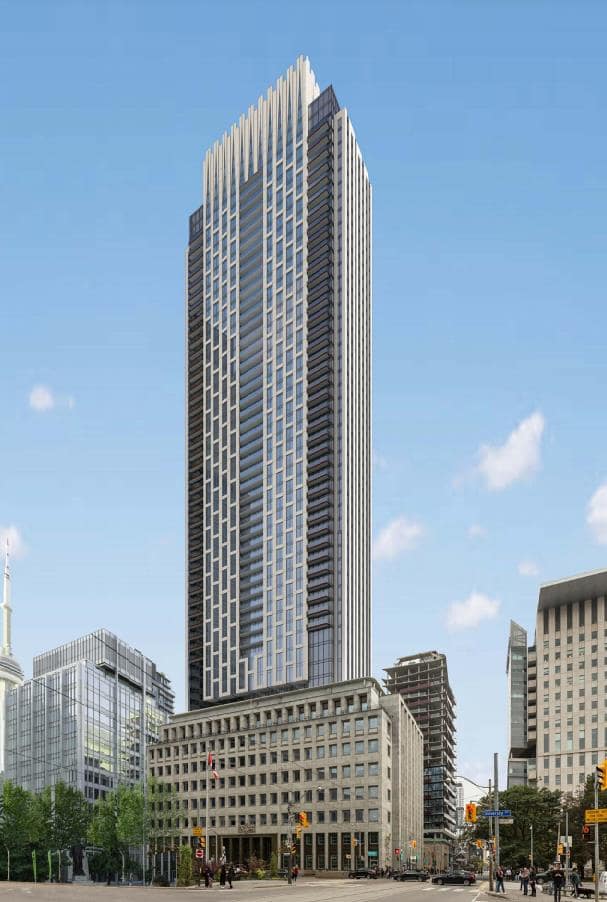
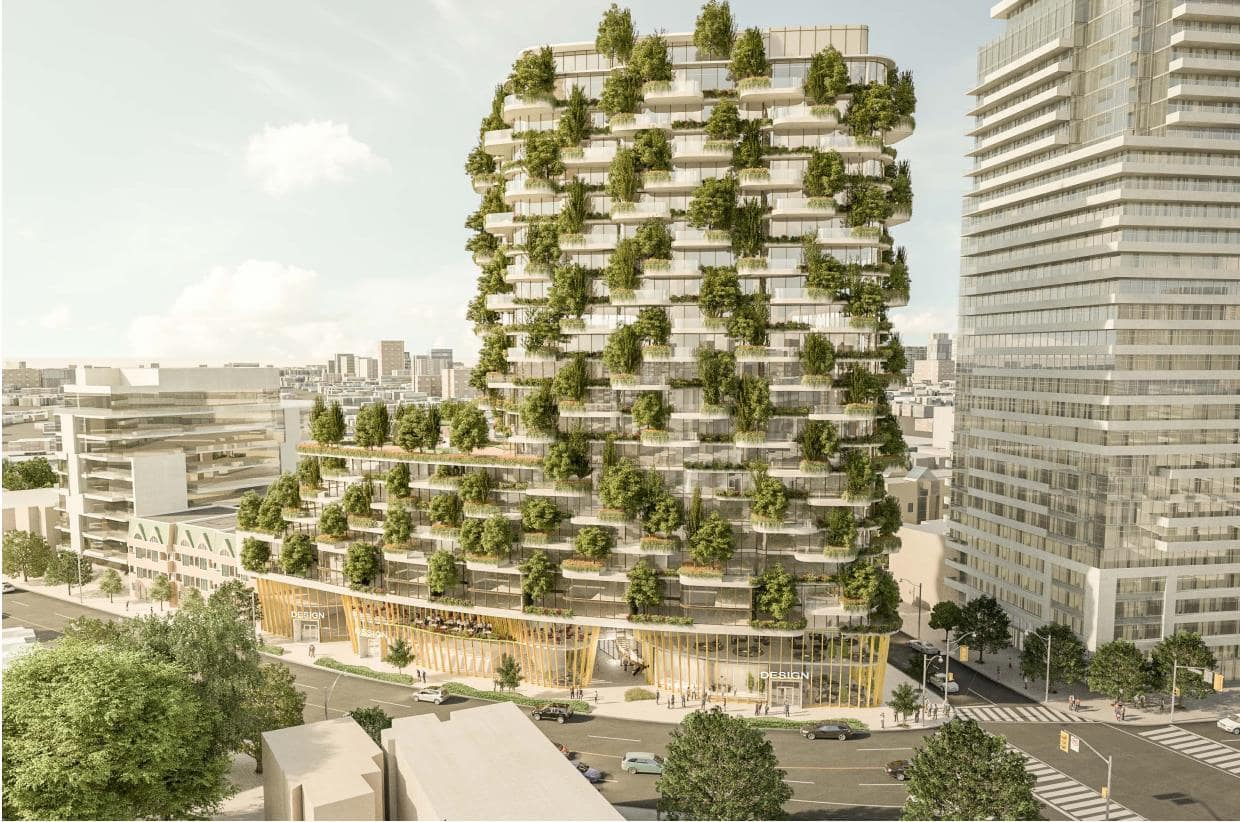

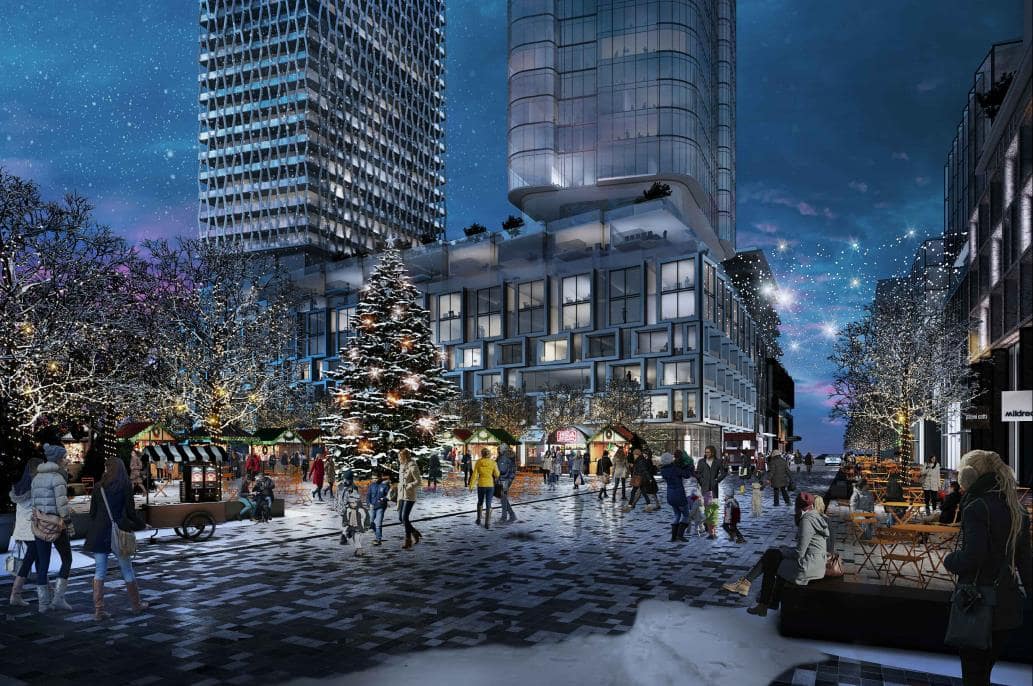
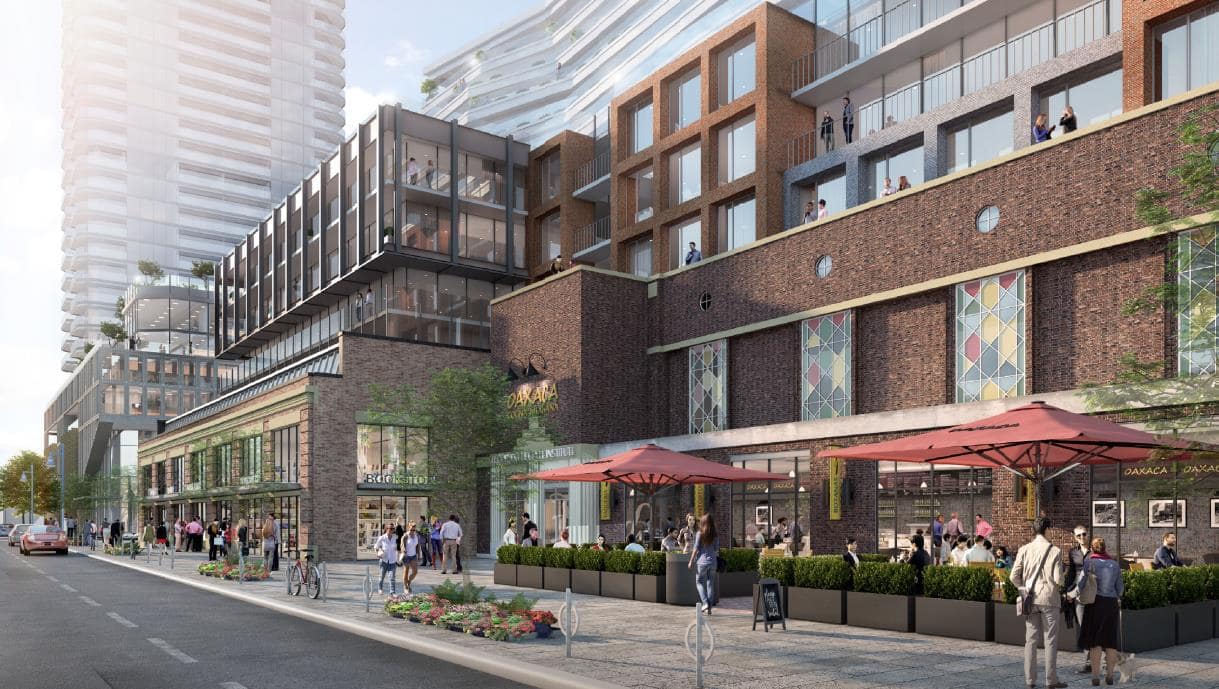
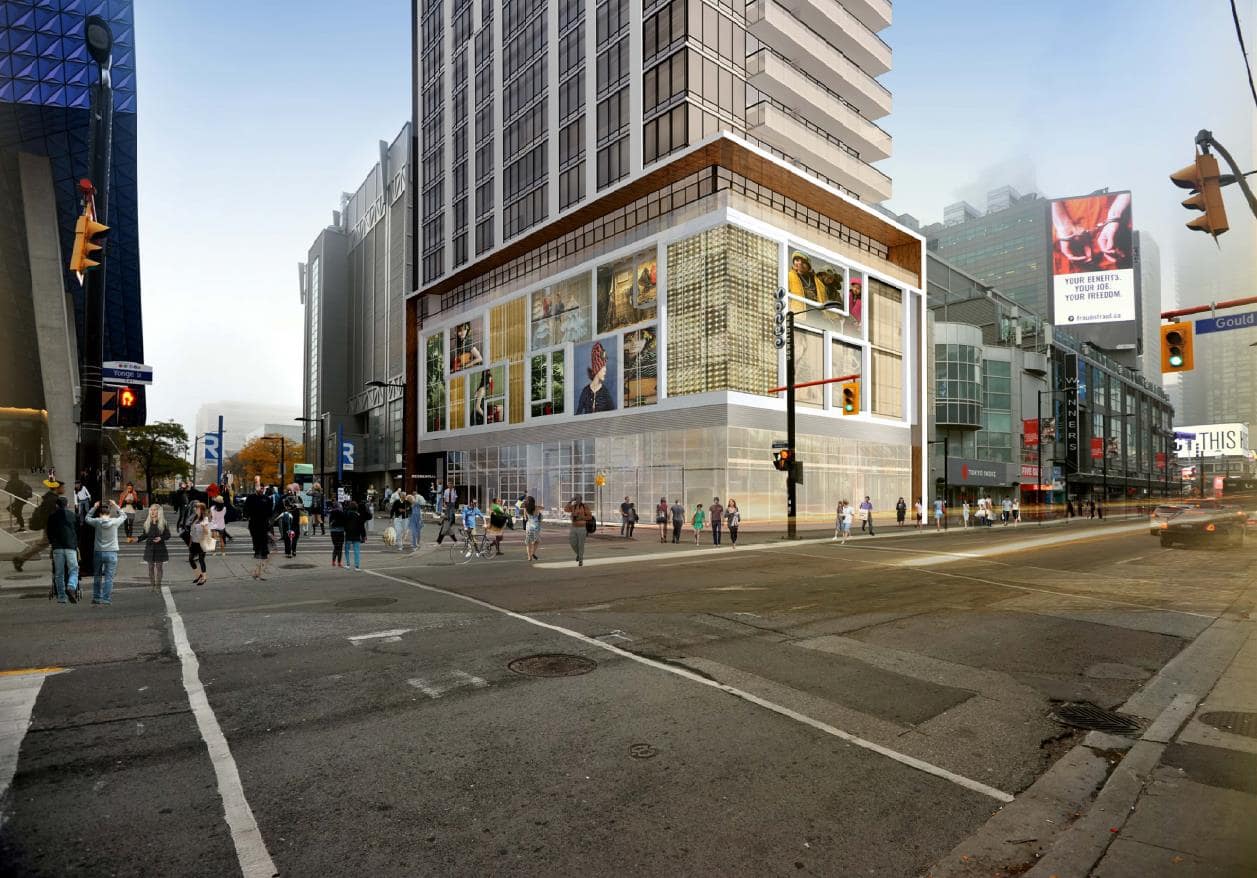
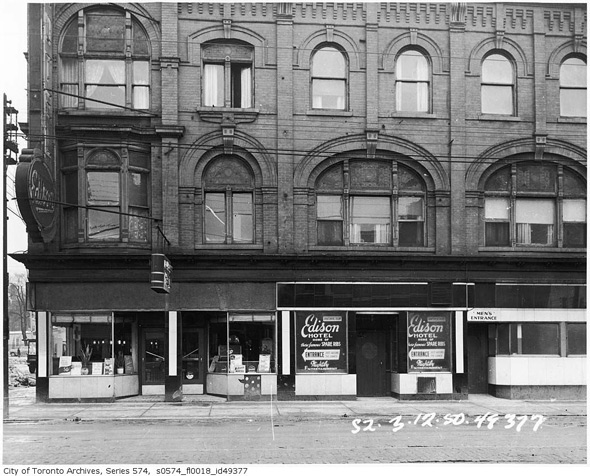
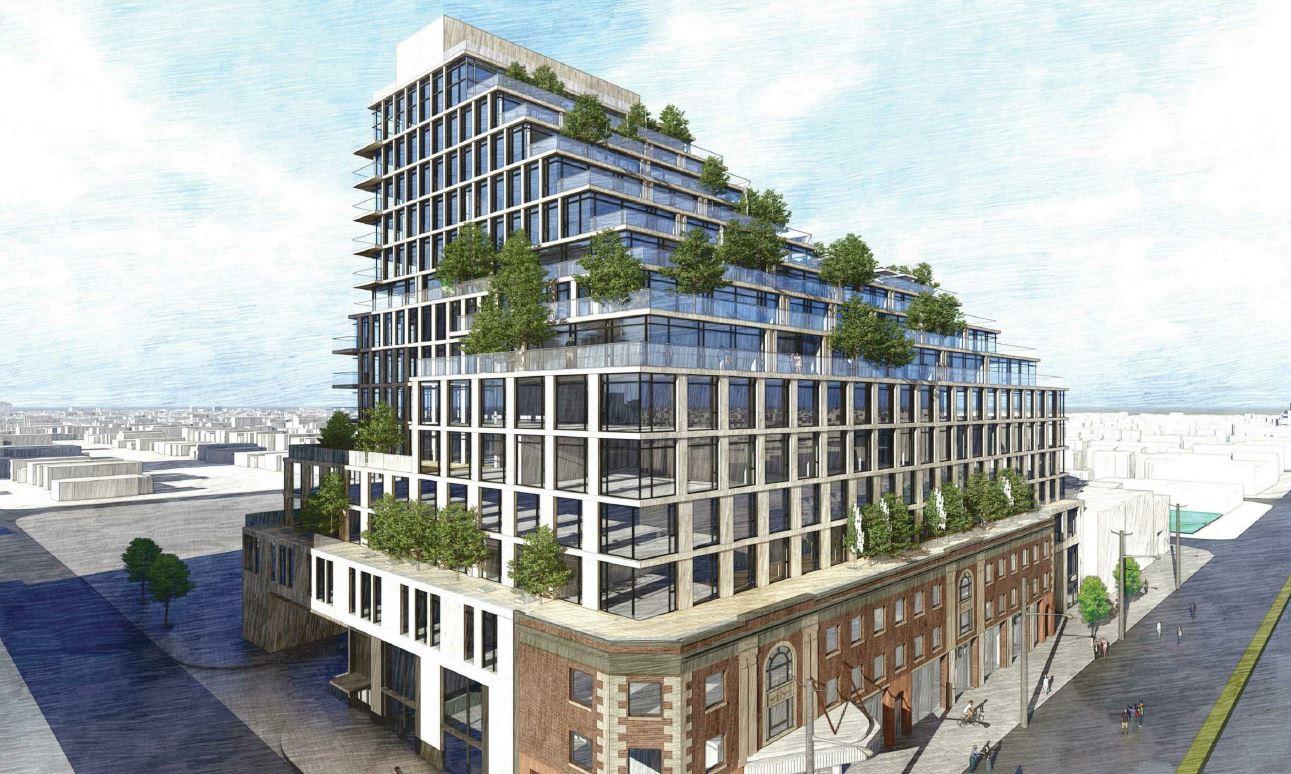
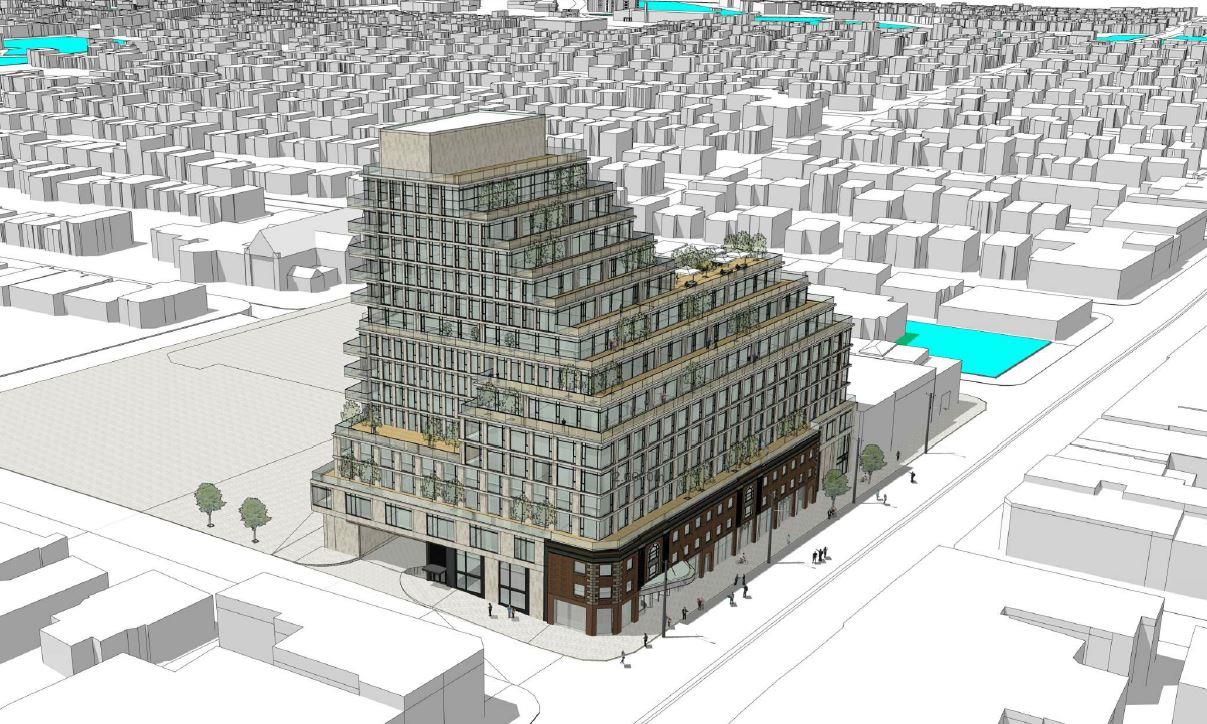
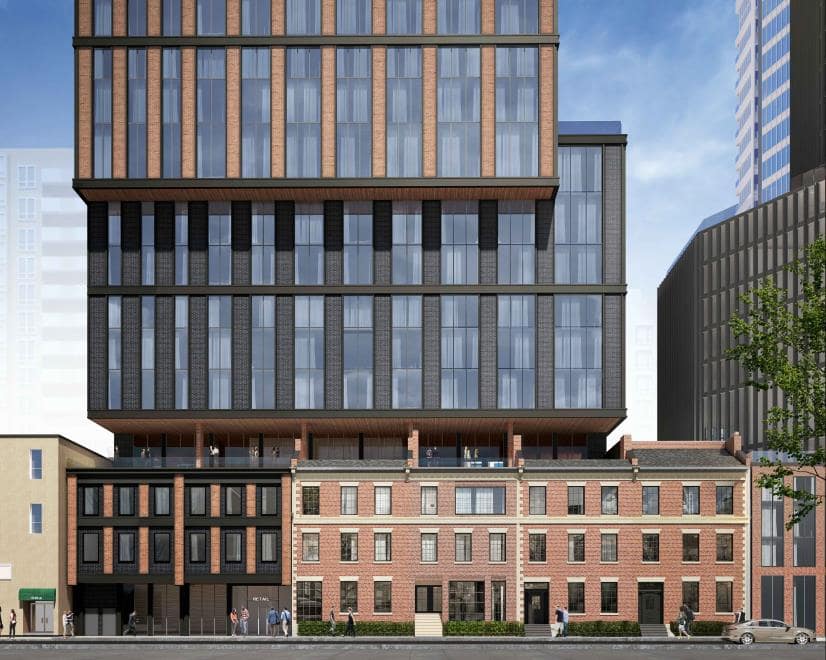
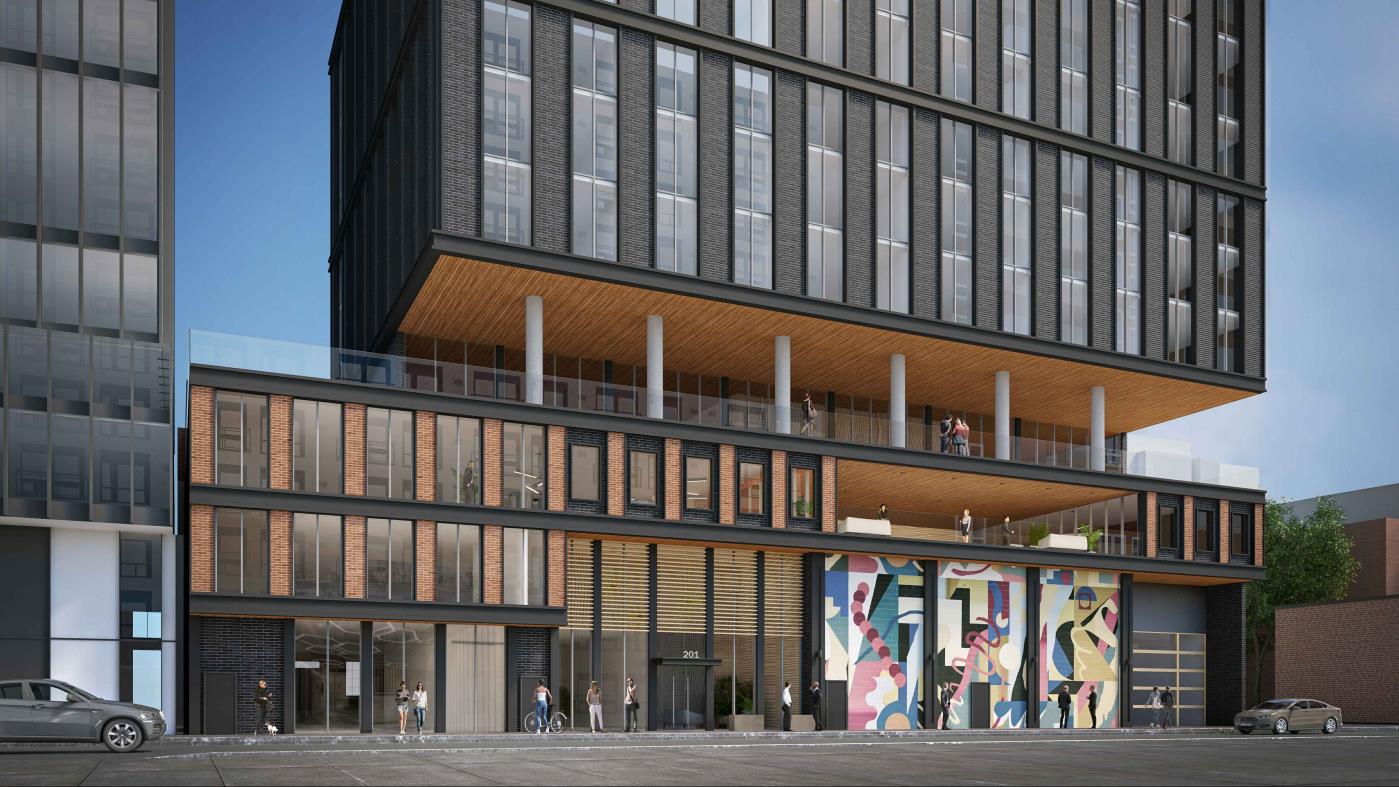
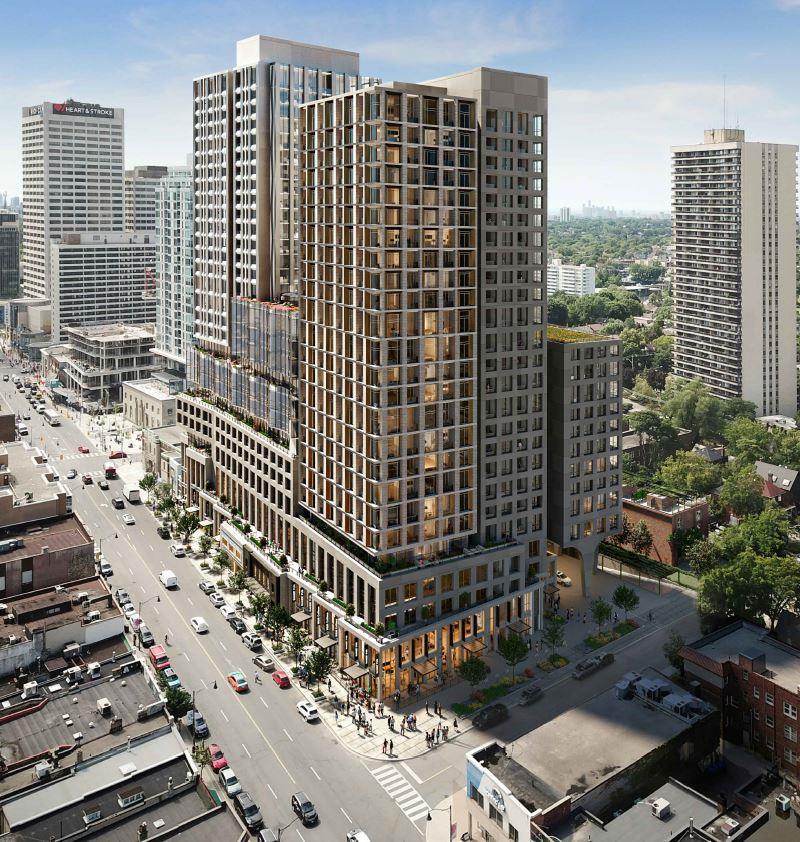
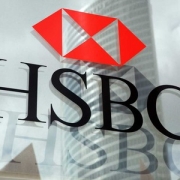

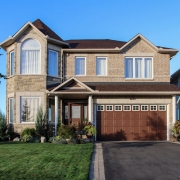
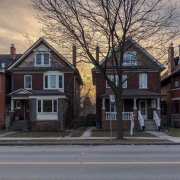


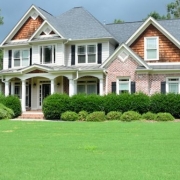
 Maziar Moini, Broker of Record - Home Leader Realty Inc.
300 Richmond St. W., #300, Toronto, ON M5V-1X2
Maziar Moini, Broker of Record - Home Leader Realty Inc.
300 Richmond St. W., #300, Toronto, ON M5V-1X2



